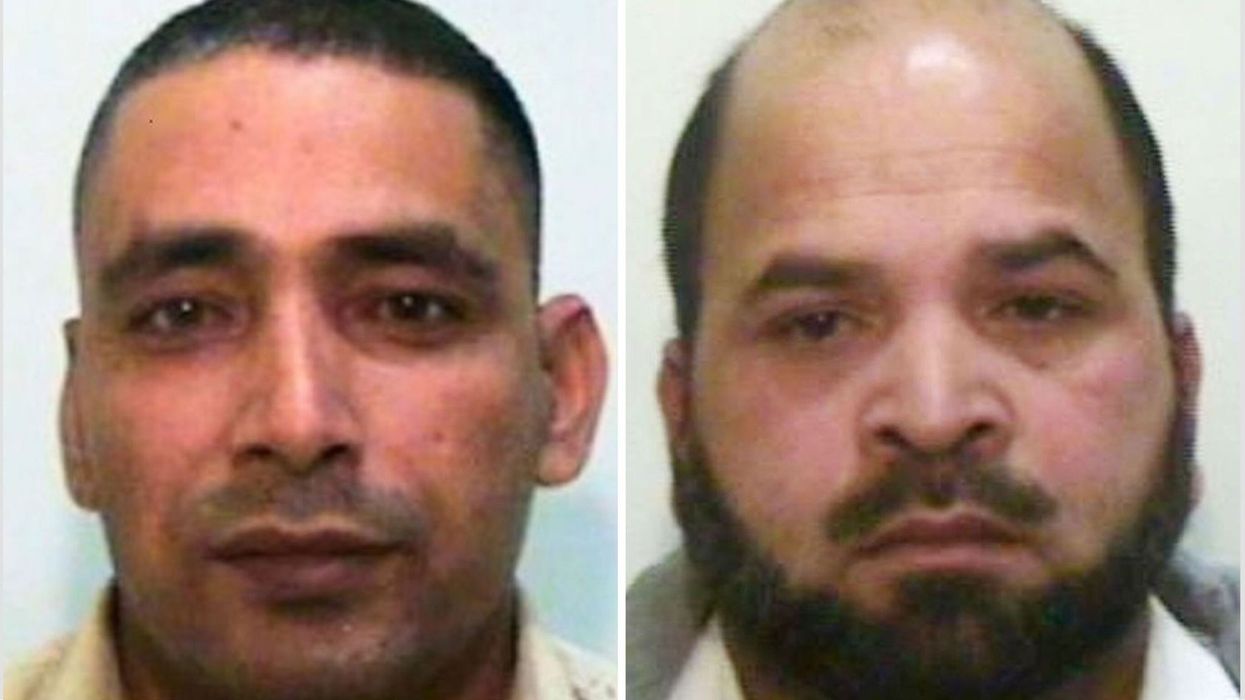CHINESE president Xi Jinping and Indian prime minister Narendra Modi are expected to agree new security measures along their unsettled border during a summit on Friday (11), officials said, in an effort to smooth ties ruffled by differences over Kashmir.
The two are meeting in a seaside resort in southern India after weeks of jousting over India's decision to revoke the special status of Himalayan territory of Kashmir, angering Pakistan and China, its ally.
Ahead of Xi's arrival in the southern India city of Chennai, police detained the chief of the Tibetan Youth Congress, Gonpo Dhondup, and 11 Tibetan students in several locations, including the airport and a highway leading to the summit venue.
"We want freedom," shouted Dhondup, as he was wrestled away by six policemen in a video shared by the Tibetan Youth Congress. He was pushed into an autorickshaw and taken away by police.
While Tibet's spiritual leader, the Dalai Lama, and the so-called Tibetan government-in-exile, have been based in the northern Indian hill town of Dharamsala for decades, India has been careful not to let Tibetans embarrass visiting Chinese leaders.
Indian officials say they expect China to respect its core concerns in the same way, including over the issue of Kashmir.
New Delhi said this week that changes to Kashmir's status were an internal affair and there was no room for a third country to be involved, after Xi said he was watching the situation closely and assured Pakistan of Chinese support.
Modi and Xi will be aiming to move forward on a set of confidence-building measures during the informal summit in Mamallapuram, a short distance from Chennai, an Indian source briefed on the discussions said.
India and China share a 3,500 kilometre (2,200 mile) border, over which they went to war in 1962. Its course remains unresolved despite more than 20 rounds of talks.
The border has been largely peaceful, but there have been occasional stand-offs between soldiers from the two Asian giants, who have overlapping territorial claims. The measures on the table include more border trade, tourism and even joint military patrols to boost trust, said the source.
"Priority will be given to enhancing confidence-building measures and people-to-people exchanges," a second government source said.
Modi will take Xi on a tour of the Shore Temple, dating back to the seventh and eighth centuries, and will have several hours of one-to-one talks designed for a free exchange of ideas on issues ranging from territorial disputes to India's ballooning trade deficit with China and the question of allowing Chinese telecoms equipment maker Huawei into India's 5G network.
"Xi will have an in-depth communication with Modi on issues that have overall, long-term and strategic significance on bilateral relations, set the tune and guide the direction for future development of the ties," Chinese state media quoted Vice Foreign Minister Luo Zhaohui as saying.
Xi will be accompanied by top diplomat Wang Yi, while Modi's team includes Foreign Minister Subrahmanyam Jaishankar and National Security Adviser Ajit Doval.
The two sides are hoping that Xi and Modi - both powerful nationalist leaders - will build further their personal rapport established at the first such informal summit in the Chinese city of Wuhan last year.
"Since the Wuhan summit, we've seen some movement - the restoration of a number of dialogues (military, border, economic), China giving India a little more market access, India toning down its rhetoric," said Tanvi Madan, senior fellow at Brookings Institution.
"But we've also seen enough evidence that key differences remain," she said, referring to China's position on Kashmir.
(Reuters)











